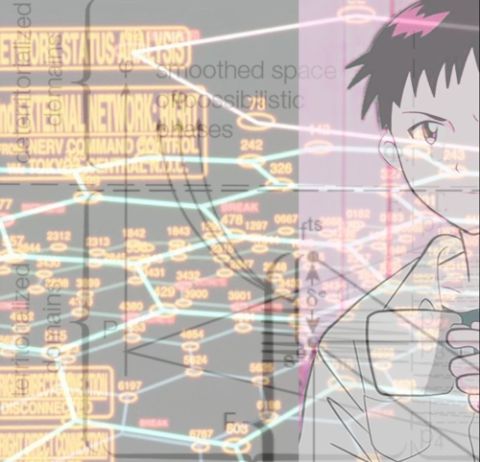AI-Enabled Adolescence: EVA in a Schizo Present c.1990
Keynote by Chien-hung Huang, followed by a conversation with Qu Chang and Sara Morais dos Santos Bruss
Keynote, Conversation
Sat., 31.5.2025
17:30
Angie Stardust Foyer
In English with simultaneous German translation
Free entry

Courtesy of Jakob Grüner and Epona Hamdan
The rise and fall of neural network research during the 1990s can be seen as AI’s ‘adolescence’. Today, ushered in through a global pandemic, AI is seemingly entering a golden age of development. Therefore, the question of how to capture and think about the implications of AI’s rapid evolution becomes urgent. It was during the 90s that a prophetic event unfolded—the 1995 release of the apocalyptic sci-fi anime Neon Genesis Evangelion (hereafter referred to as EVA). The series explores the psychic chaos of adolescence against a backstory that utilizes the development of neural networks to imagine the future connection of cyborgs and AI. But the term ‘schizo’ (Guattari) suggests that more than pathology might be at play; that in the EVA universe, desires can be read beyond pathology, as social and ultimately productive. Schizo thus does not point out a lack or neurosis, but calls a new reality into being.
The two apparently distant phenomena converge on the conceptual framework of neural network models, all seemingly pointing towards an AI-driven future: automatization. Before AI had reached the ‘mining stage’, EVA had already (or perhaps ‘accidentally’) foreseen that what AI would ultimately explore would not be mere data but the human consciousness and psyche—namely the individual neural system that connects individual sensory currents with biochemical substances.
Chien-hung Huang’s keynote and the ensuing conversation highlight how AI can be understood through the lens of neural plasticity and dynamic feedback cybernetics.